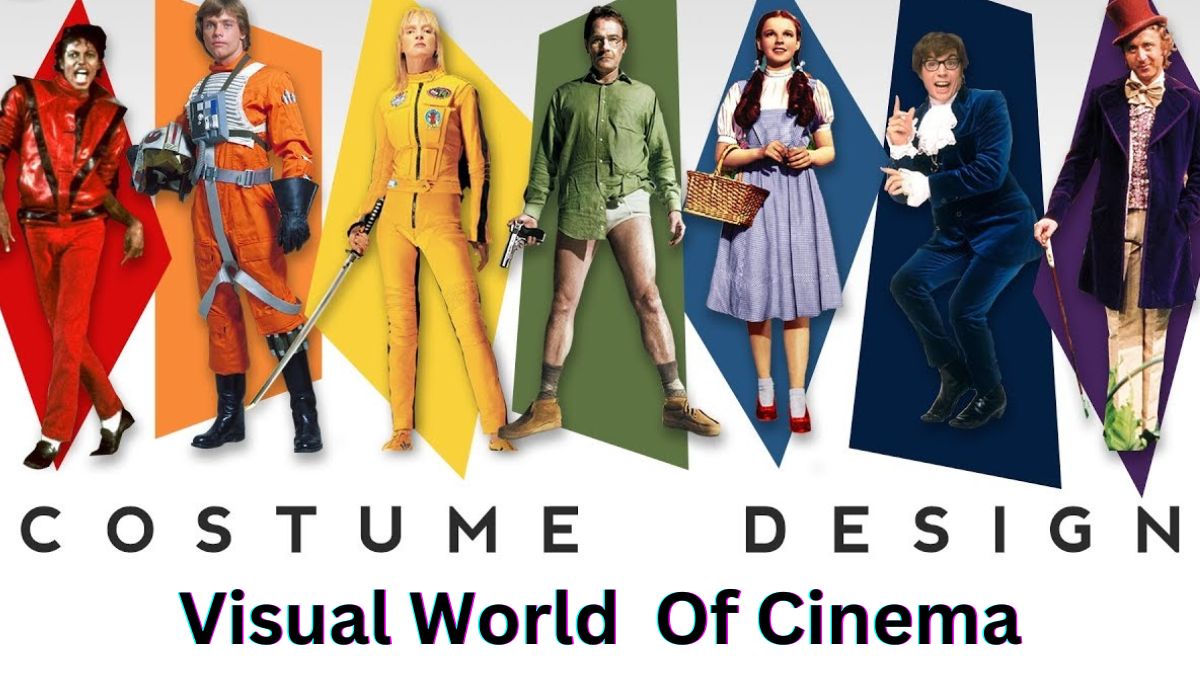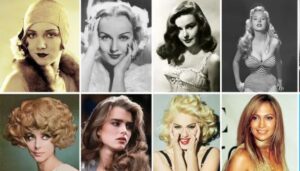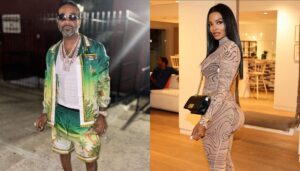Costume design is more than just dressing characters; it’s a powerful tool for visual storytelling in television and film.
From historical dramas to futuristic sci-fi epics, costume designers breathe life into characters through meticulous attention to detail, symbolism, and authenticity.
The Language Of Costume Design
Costumes speak volumes before a character utters a word.
Jacqueline Durran, Oscar-winning costume designer for films like “Barbie” and “Little Women,” emphasizes the importance of visual cues in her work:
“Costume design is not static; it evolves alongside the characters themselves. As characters change and develop over the course of a story, so too should their clothing.”
This evolution can be subtle, with gradual shifts in style and palette, or dramatic, mirroring internal or external changes in a character’s journey.
Creating Authenticity
One of the greatest challenges for costume designers is achieving authenticity within the context of the story.
Holly Waddington, who won an Oscar for her work on “Poor Things,” explains her approach:
“I wanted to get rid of the traditional lace, beads, and fabrics that were mainly used in Victorian dress. Corsets were a big no-no as I felt like it would tie down Bella’s character, who was supposed to have a free-spirited personality.”
This attention to historical accuracy, combined with creative interpretation, helps transport audiences into the world of the story.
Symbolism And Character Development
Costumes can be rich in symbolism, adding layers of meaning to a character’s journey.
Ellen Mirojnick, costume designer for “Oppenheimer,” used this technique to convey the complexity of the titular character:
“The guilt and worry that Oppenheimer feels inside after the nuclear bomb is detonated on Hiroshima and Nagasaki is masked by his well-dressed appearance on the outside.”
This use of costume as a metaphor for internal conflict adds depth to the visual storytelling.
Collaboration And Research
Costume design is a collaborative process involving close communication with directors, writers, actors, and other creative team members.
Cristina Araújo, key costume designer from “The Hunger Games: Catching Fire,” emphasizes the importance of research:
“We usually do a lot of research and come up with mood boards. This helps not only in inspiring and getting the wardrobe team on the same page, but it also lets us open our minds to what’s out there, what is going to help people identify or understand the character through their wardrobe.”
This collaborative approach ensures that costumes align with the overall vision of the production and enhance the storytelling experience.




